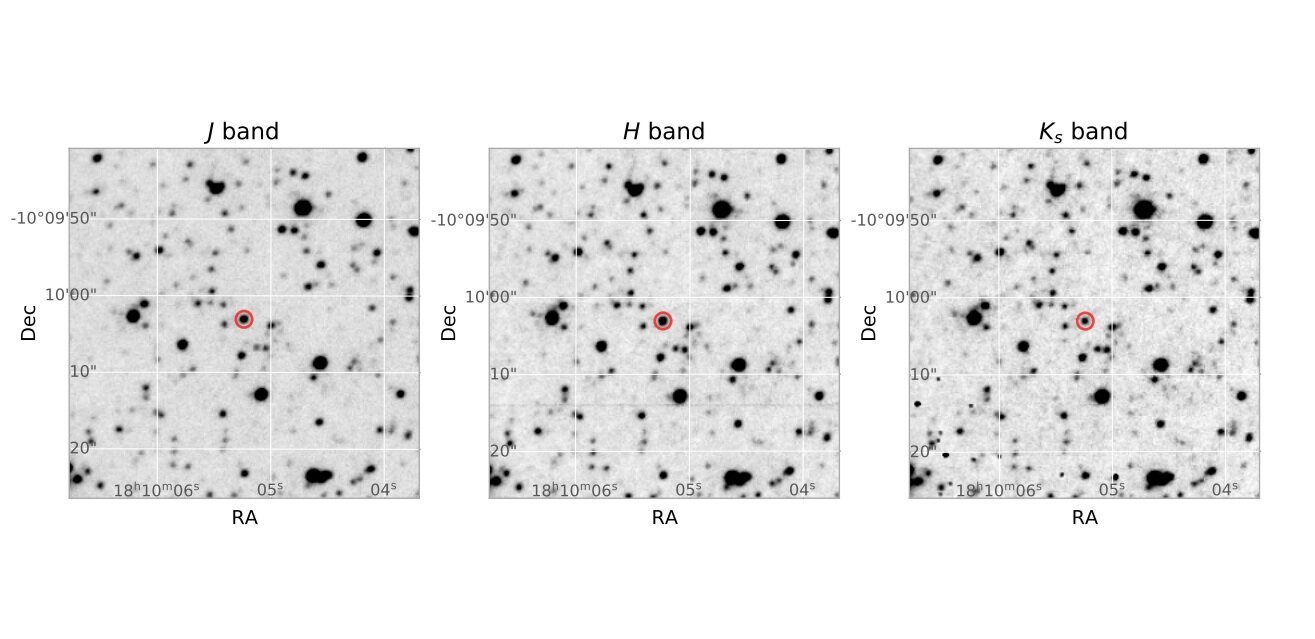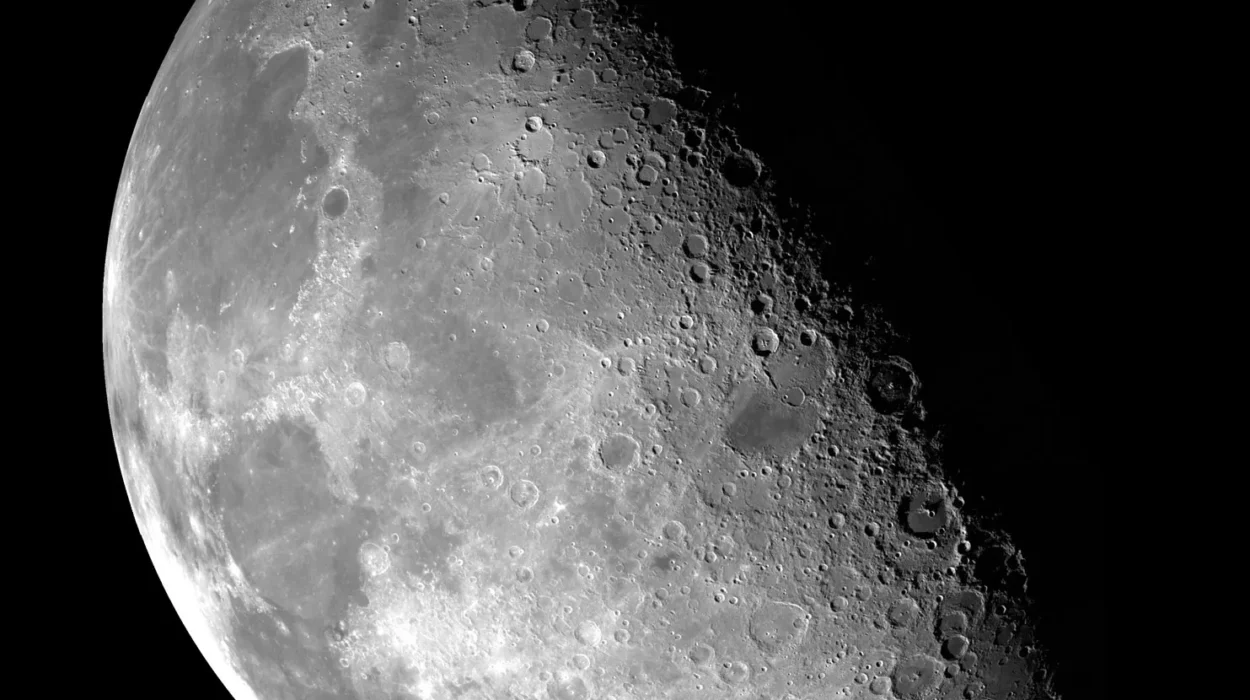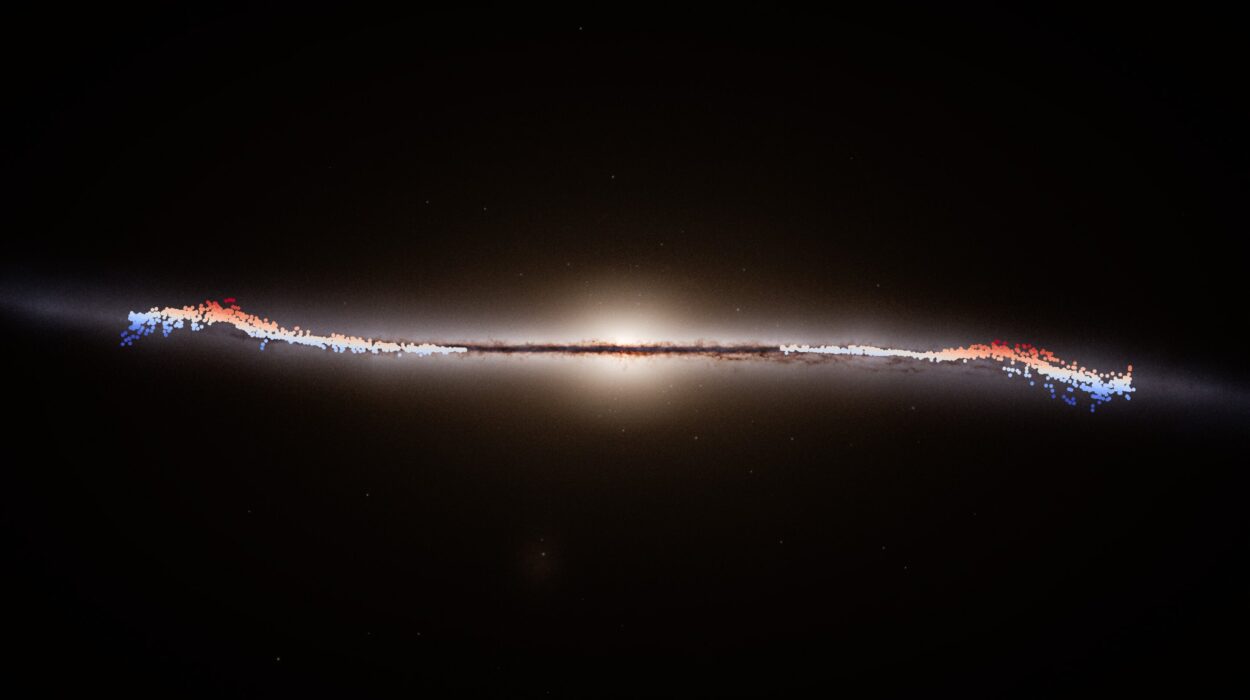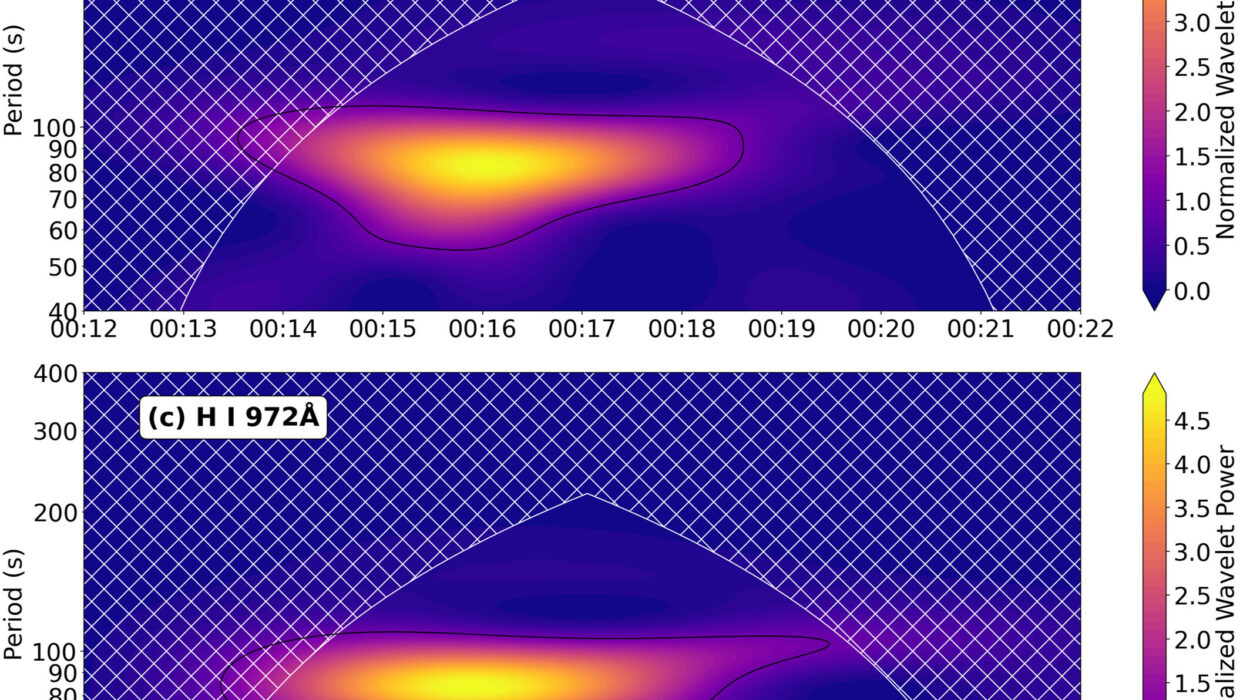In the vast darkness of space, where the line between star and planet blurs, a silent traveler drifts just 29 light-years from Earth. Neither fully a planet nor quite a star, it had kept some of its secrets close—until now. Thanks to the incredible precision of the 10.4-meter Gran Telescopio Canarias (GTC), European astronomers have confirmed something elusive and long-sought in the cosmic atmosphere of WISEA J181006.18−101000.5—better known as WISE1810: the clear fingerprint of methane.
The discovery, reported on March 28 in a paper published on the arXiv preprint server, is more than a chemical detection. It’s a reaffirmation of what WISE1810 truly is—a T dwarf, part of a mysterious class of celestial objects that live in the twilight between stars and planets.
Brown Dwarfs: Not Quite Stars, Not Quite Planets
Brown dwarfs are often called “failed stars,” but that moniker barely scratches the surface of their scientific intrigue. Too light to sustain the hydrogen fusion that powers stars like our Sun, yet far too massive to be ordinary planets, brown dwarfs occupy a unique middle ground. Typically ranging from about 13 to 80 times the mass of Jupiter, they straddle one of the most debated boundaries in astronomy: where do planets end, and stars begin?
Among these substellar entities, T dwarfs are particularly cold and dim. With surface temperatures between 500 and 1,500 Kelvin—cooler than some industrial furnaces—they’re cloaked in faint light and cloaked even more deeply in mystery. Only around 400 T dwarfs have been positively identified across the cosmos, making each discovery, and every atmospheric clue, a rare and valuable scientific prize.
Meet WISE1810: A Rare Local
WISE1810 isn’t just any T dwarf—it’s the closest known one to Earth. Discovered using NASA’s Wide-field Infrared Survey Explorer (WISE) satellite, it lies in our cosmic backyard. But even proximity doesn’t make things easy. These objects are so faint in visible light that they only reveal themselves in the infrared spectrum, which is why astronomers turned to the GTC’s powerful infrared spectrograph, EMIR, to look deeper.
Previous observations had hinted at a unique atmospheric brew in WISE1810. Spectral fingerprints suggested the presence of hydrogen and water vapor, but something was missing—methane, the hallmark molecule of T dwarfs. Its absence had left room for doubt: Was WISE1810 actually a late L-type dwarf, a warmer cousin in the brown dwarf family?
Thanks to the new GTC data, those doubts can be laid to rest.
Methane Confirmed: The Atmospheric Puzzle Piece
Using near-infrared spectroscopy, lead researcher Jerry Zhang and his team at the University of La Laguna detected a clear methane signature in WISE1810’s atmosphere. This marks the first time methane has been definitively identified on this nearby T dwarf and brings it squarely into the T-type classification.
In the world of brown dwarfs, methane is a game-changer. It forms in the cooler atmospheres of T dwarfs and is rarely seen in L dwarfs, whose higher temperatures prevent methane from accumulating in significant quantities. The presence of methane doesn’t just help us classify WISE1810—it gives us insight into its temperature, chemistry, and evolutionary state.
A Cold, Metal-Poor World
The study also revealed more detailed insights into WISE1810’s composition and physical characteristics. With an estimated mass around 17 Jupiter masses and a radius of 0.65 Jupiter radii, this object is compact and massive—solidly within brown dwarf territory.
Its effective temperature is estimated to hover around 1,000 Kelvin, consistent with the methane-friendly conditions of a T dwarf. But what really sets WISE1810 apart is its low metallicity.
Metallicity, in astronomical terms, refers to the abundance of elements heavier than hydrogen and helium. WISE1810 shows a metallicity of -1.7 dex, indicating it contains far fewer heavy elements than the Sun. Its carbon abundance, at -1.5 dex, is similarly depleted. These are hallmark traits of ancient stellar populations, formed during a time when the universe hadn’t yet enriched itself with the metals forged in multiple generations of stars.
Intriguingly, no signs of carbon monoxide or atomic potassium—often present in brown dwarfs—were found. This absence, the researchers suggest, could be due to a combination of low temperatures and extremely low metallicity, which alter atmospheric chemistry in subtle, yet profound ways.
Moving with the Galaxy’s Thick Disk
Another layer of the mystery unfolded when astronomers measured WISE1810’s heliocentric velocity—the speed at which it moves relative to our Sun. At -83 kilometers per second, it’s speeding toward us with significant momentum. This velocity, coupled with its low-metal nature, suggests it likely belongs not to the Milky Way’s thin disk (home to most stars like the Sun) but to the thick disk—an older, more dynamically active component of our galaxy.
Such an association supports the idea that WISE1810 is billions of years old, likely formed early in the Milky Way’s history. It’s a survivor from a less hospitable time, still glowing faintly with the heat of its formation, its atmosphere shaped by ancient, metal-poor chemistry.
Why This Discovery Matters
In astronomy, distance matters. The closer an object is, the more easily we can study it in detail—and in the field of brown dwarf research, that detail is crucial. Each new atmospheric detection is a data point that helps refine our models of substellar physics, cloud dynamics, and molecular chemistry in extreme conditions.
The detection of methane in WISE1810 not only confirms its status as a T dwarf, it also enriches our understanding of how these ultra-cool atmospheres behave when star-like physics meets planet-like chemistry. It helps us draw better distinctions between brown dwarfs and gas giant exoplanets, which often share similar characteristics but differ in formation, evolution, and composition.
As astronomers continue refining their techniques with ground-based giants like the GTC and space-based observatories like JWST, more such discoveries will follow. Each detection brings us closer to mapping the diversity of objects populating the “substellar frontier.”
Final Thoughts: A Hidden Neighbor Reveals Its Secret
WISE1810 may not be a shining beacon in the night sky, but in the quiet world of infrared astronomy, it has spoken volumes. Methane’s signature—subtle, ghostly, yet unmistakable—has illuminated not only this object’s identity but also our ever-growing understanding of the enigmatic realm between stars and planets.
The cosmos holds many mysteries. Some, like WISE1810, are just next door, quietly waiting for our instruments to become sharp enough—and our curiosity keen enough—to truly see them.
Reference: Jerry Jun-Yan Zhang et al, Detection of Methane in the Closest Extreme Metal-poor T Dwarf WISEA J181006.18-101000.5, arXiv (2025). DOI: 10.48550/arxiv.2503.22289






